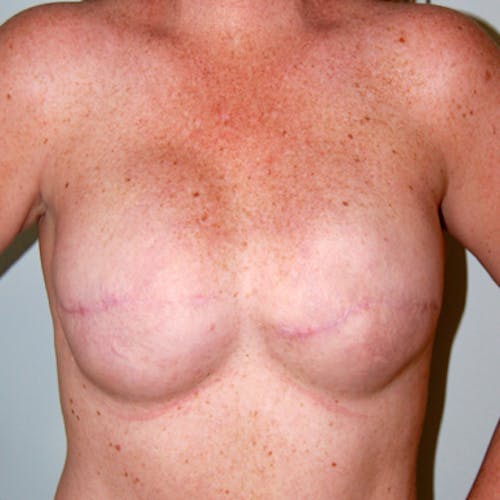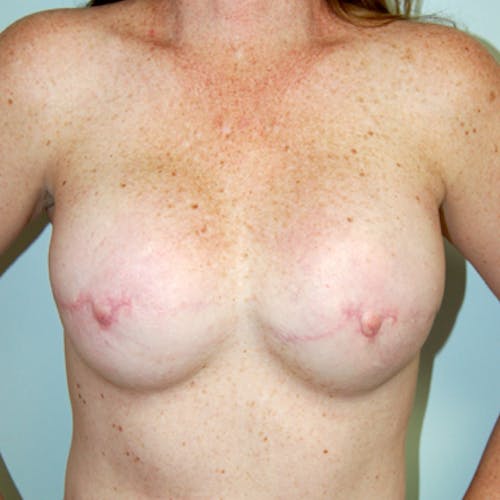After a mastectomy or breast reconstruction, nipple reconstruction can be the final step toward restoring breast aesthetics and confidence.
Nipple Reconstruction Frequently Asked Questions
When is the right time to have nipple reconstruction?
Dr. Gupta typically performs nipple reconstruction several months after your breast reconstruction, once the breast mound has fully healed and settled into its final position. This timing ensures that the nipple can be placed symmetrically and proportionately on the reconstructed breast for the most natural result.
Will my reconstructed nipple retain sensation?
Sensation is usually absent or dramatically reduced. However, nerve regrowth is possible over time. The primary goal of nipple reconstruction is form and symmetry.
Is tattooing always involved in nipple reconstruction
Not always, but many patients choose areola tattooing for color depth and realism, often a few months after healing.
Can nipple reconstruction be revised later?
Yes. If the shape or projection of your reconstructed nipple diminishes over time, Dr. Gupta can perform minor revisions and touchups to enhance the result.
Will my reconstructed nipples keep their projection over time?
Minor flattening is normal in the first few months following surgery. Dr. Gupta accounts for this by designing slightly more prominent nipples initially so that the final projection appears natural and symmetrical.
What is recovery like after nipple reconstruction?
Recovery is generally very mild. Most patients experience minimal soreness and return to normal activities within a few days. Dressings protect the area as it heals, and Dr. Gupta provides detailed aftercare instructions to ensure optimal healing.
Can I choose tattooing alone without surgical nipple reconstruction?
Yes. Some women choose 3D tattooing alone as a non-surgical option. With advanced shading techniques, this approach can create the illusion of projection and detail without incisions, anesthesia, or downtime, making it ideal for patients who want to avoid additional surgery.















